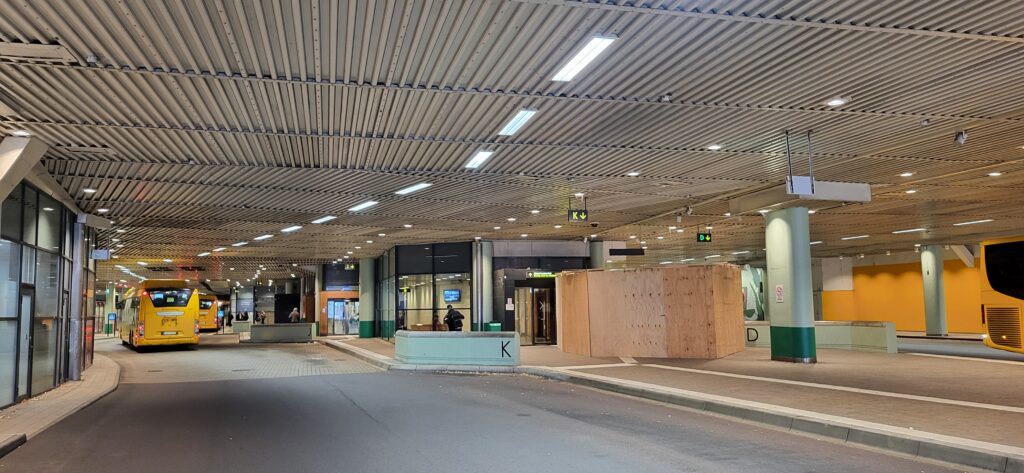How wireless creates benefits in building automation - 3 great examples
The benefits of wireless technology in building automation extend far beyond challenging retrofits in heritage buildings. While that is a great use case, we see that there are many other scenarios where system integrators, consultants and building owners can save a lot of money.
This article presents three industry examples of how wireless can increase project flexibility, reduce installation time, and ultimately save money. But also, it explores how buildings can meet legislative requirements and achieve certifications by using wireless technology to reduce energy consumption.
Achieve certification for new buildings
Buildings are the single largest energy consumer in Europe and the building sector is therefore crucial to achieving the EU’s energy and climate goals. Legislative frameworks and certifications such as the EPBD (Energy Performance of Buildings Directive), the IRA (Inflation Reduction Act) and BREEAM are used to achieve a highly energy-efficient and decarbonized building stock.
With wireless technology you can more easily control the indoor climate and adjust to the needs of the tenants to create a more sustainable building. By replacing the Modbus, BACnet and/or DALI cables with wireless technology, you can optimize energy consumption and meet regulatory compliance.
EXAMPLE: Norway’s smartest building, Ökern portal, is a great example of how LumenRadio’s technology can help in large-scale installations. Ökern portal is a substantial building with 80,000 square meters covered by 4,300 wireless Swegon devices. Since 2016, Swegon has been a using LumenRadio’s wireless technology in their product range, Swegon Wise, and this has enabled Ökern Portal to become the smartest building in Norway.
Faster installation for retrofits
LumenRadio is dedicated to making installers’ jobs easier. The plug-and-play capabilities of the W-Modbus, W-BACnet and W-DALI products enable quick, simple installation and significantly reduce installation time. This efficiency allows projects to be carried out more quickly, at lower cost and with less complexity. Wireless solutions enable retrofits to be completed in record time compared to traditional cabled options.
Additionally, the LumenRadio Apps, which enable monitoring and maintenance of building automation systems, save significant time for users, allowing them users to remotely check the installation via a smartphone or tablet.
EXAMPLE: By connecting the rooftop units to the building automation and control system, the owner of the luxurious 18 Park apartment building in New Jersey can not only offer a demand controlled indoor climate, but can also move from a locally controlled device to remote control. With W-BACnet, installation was completed in hours instead of days for a fraction of what a wired solution would have cost – wireless cut installation time by 90%.
No disruption of tenants
No disruption of tenants is a significant advantage in retrofitting buildings with existing occupants, often a complex and costly endeavor. Wireless cable replacements are commonly used today in hotels, schools, and similar facilities that are transitioning from local room control to smart room control integrated with the Building Management System (BMS), enabling functionalities like dynamic scheduling. Retrofitting BACnet MS/TP and Modbus RTU cables in such environments can be prohibitively expensive, not just due to construction and labor costs, but also because it requires disrupting the activities and comfort of the tenants. In these situations, wireless solutions often become the only viable option. They eliminate the need for construction, avoid tenant disruption, and can reduce installation time by up to 70-80%.
EXAMPLE: In the Manilla School in Stockholm Sweden, our partner Kieback&Peter decided to use the LumenRadio W-BACnet solution to connect the local room controllers to the BMS, creating a more sustainable school building without construction work and with no disruption to the pupils. Kieback&Peter verified a 65% reduction in installation time compared to a wired solution and the building owner could decrease energy usage, save money and support its sustainability strategy.
LEARN MORE
Watch our on-demand webinar on wireless control.





